- Africa needs $25 billion in annual investment to meet 2030 renewable energy target
- In 2030, new energy generation in Africa will account for more than 80%
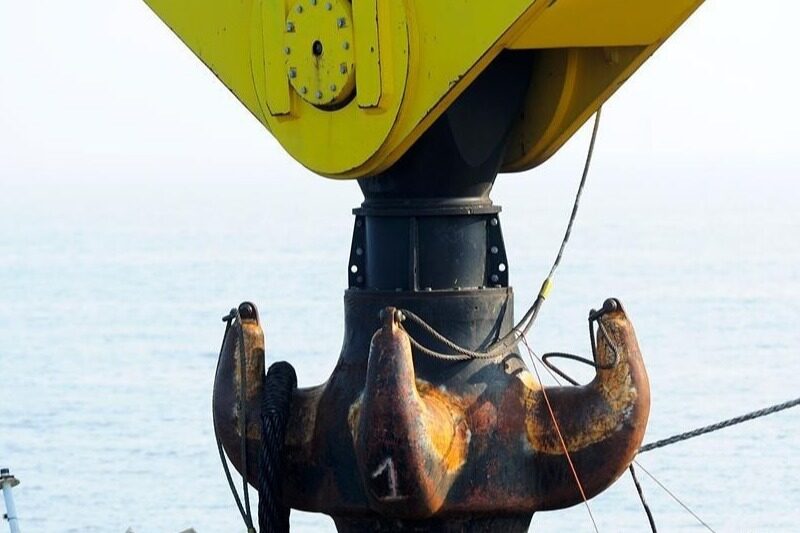
The continent's installed electricity capacity will nearly double by 2030, rising from 260GW at the beginning of the decade to 510GW by the end of the decade, of which 125GW will come entirely from solar PV.
Africa has 60% of the world's best solar energy resources, but only 1% of the world's installed solar photovoltaic capacity. Photovoltaic power generation has become the cheapest source of electricity in many African countries and regions, and by 2030, photovoltaic power generation will surpass all other energy sources on the African continent.
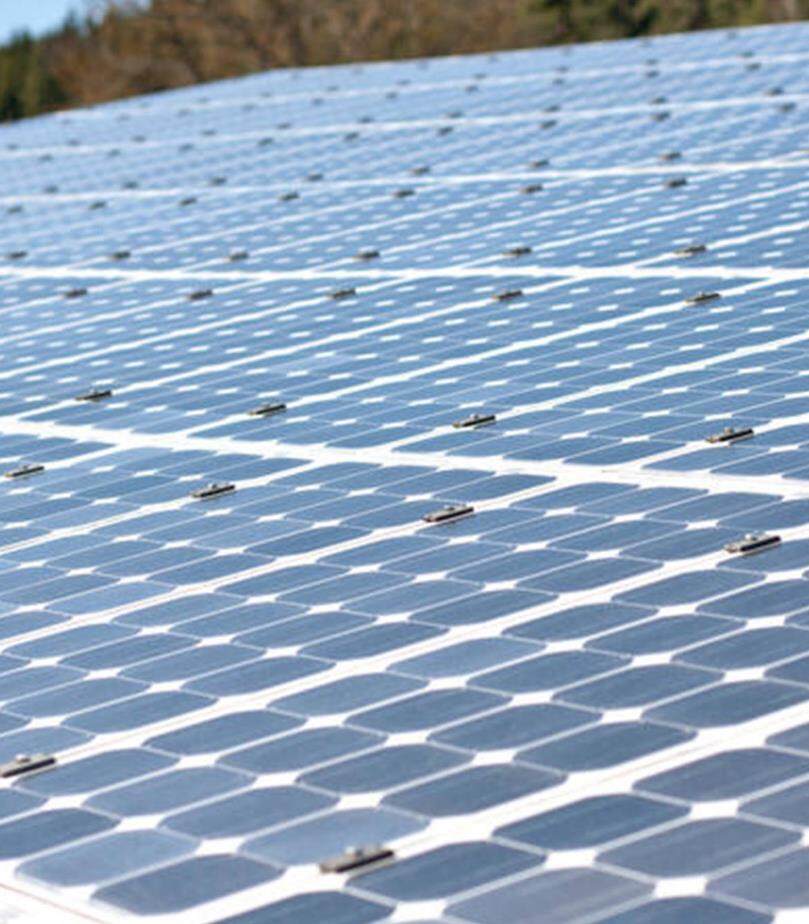
In terms of photovoltaic costs, the report predicts that by 2030, the cost of photovoltaics in Africa may drop to $0.018/kWh-$0.049/kWh, which will be lower than wind or natural gas power generation.
Grid Improvement
Africa has the lowest per capita modern energy use in the world, and it is imperative to provide universally accessible and affordable energy for all Africans. Currently, 600 million people in Africa, or 43% of the total population, do not have access to electricity, most of them in sub-Saharan Africa. Countries such as Ghana, Kenya, and Rwanda are expected to be the first to achieve full access by 2030, with success stories for other countries.
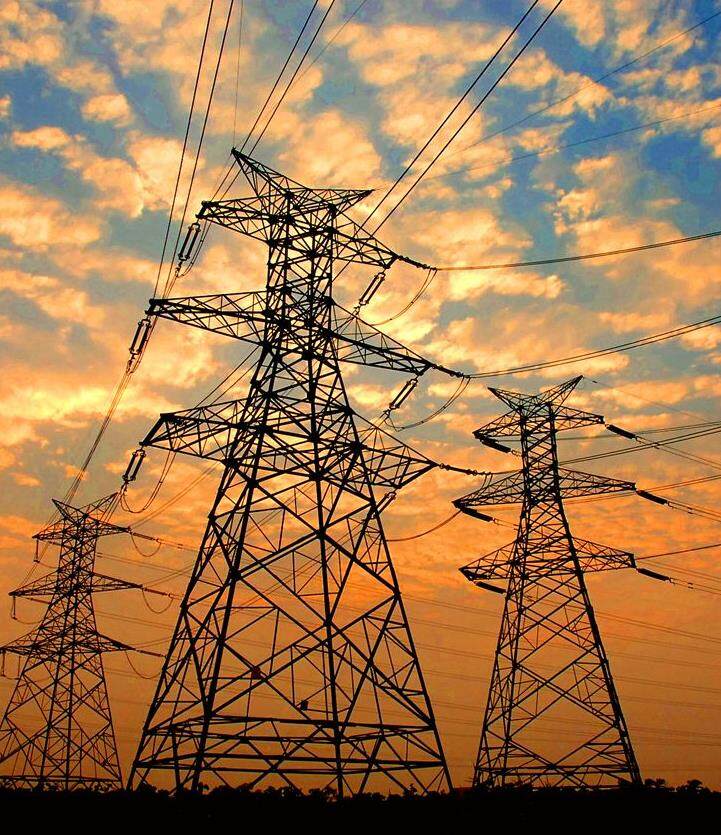
For the nearly 45% of people who will be able to connect to the grid in 2030, extending the national grid is the cheapest and most prudent option, while solar-based microgrids and stand-alone systems in most rural areas without electricity the most feasible solution.
Hydrogen potential
Africa is home to nearly 40% of its reserves of cobalt, manganese and platinum, which are key minerals for batteries and hydrogen energy technologies, so Africa is expected to play a key role in clean energy technologies in the future.
Among them, North Africa, the Horn of Africa and South Africa have the potential to become one of the largest regions for hydrogen production using low-cost renewable energy sources (mainly solar and wind power). A number of low-carbon hydrogen projects are underway or under discussion in Egypt, Mauritania, Morocco, Namibia and South Africa.
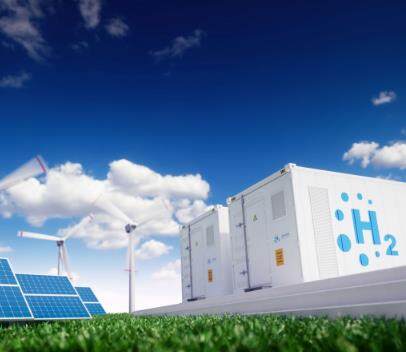
At the same time, if cost reductions such as solar modules can meet the assumptions of the IEA2050 net-zero emission scenario, then by 2030, the cost of hydrogen production in Africa will fall to about US$1.4-2.0/KG, while the cost of hydrogen production in the rest of the world is 1.3 ‐$4.0/KG ($2.2‐$3.2/KG for Nordic offshore wind). Among them, only in the area within 200 kilometers of the coastline, the annual hydrogen production cost in Africa may be less than 2 US dollars / kg, and the annual output is as high as 5,000 tons, which is 10 times the global low-carbon hydrogen demand for IEA2050 to achieve net zero emissions.
financial vitality
Freeing up more money remains key to Africa's energy future. Achieving Africa's energy and climate goals means more than doubling energy investment from the past decade, two-thirds of which will go to clean energy.
Between 2026 and 2030, energy investment is projected to rise to 6.1 percent of Africa's GDP, slightly above the average for emerging market and developing economies. But in the IEA2050 net-zero emissions scenario, this investment is still only around 5% of total global investment.
Therefore, multilateral development banks must make increasing financial flows to Africa an absolute priority, increasing concessional financing to Africa and making better use of private capital. Explore new sources of capital such as climate finance and carbon credits to bring more international liquidity to the African region.
Traditional energy
The production of oil and gas remains important to Africa's economic and social development, but the focus has been devoted to domestic demand. Africa's domestic oil and gas demand is expected to account for about two-thirds of the continent's production by 2030.
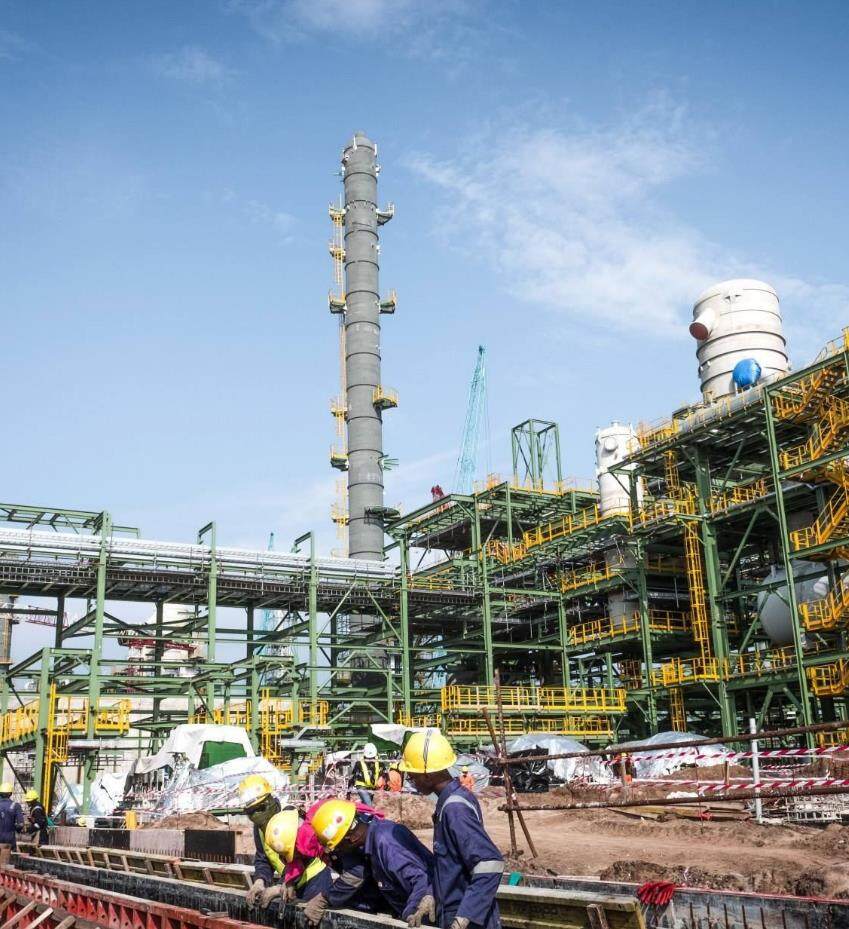
Africa is a region with less carbon dioxide emissions in the world, but it bears the greater impact of climate change. By 2050, Africa's cumulative emissions are expected to account for no more than 4% of the world's total, when the global average temperature rises by 2°C, but it may cause the average temperature in North Africa to rise to 2.7°C. Under the premise of not affecting the climate, it may cause a loss of about 8%-15% of GDP in Africa.Editor/XuNing
Comment
 Praise
Praise
 Collect
Collect
 Comment
Comment
 Search
Search


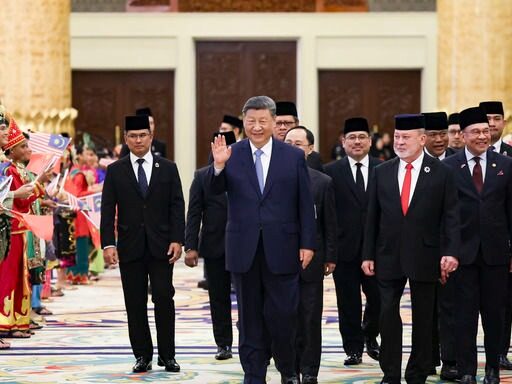

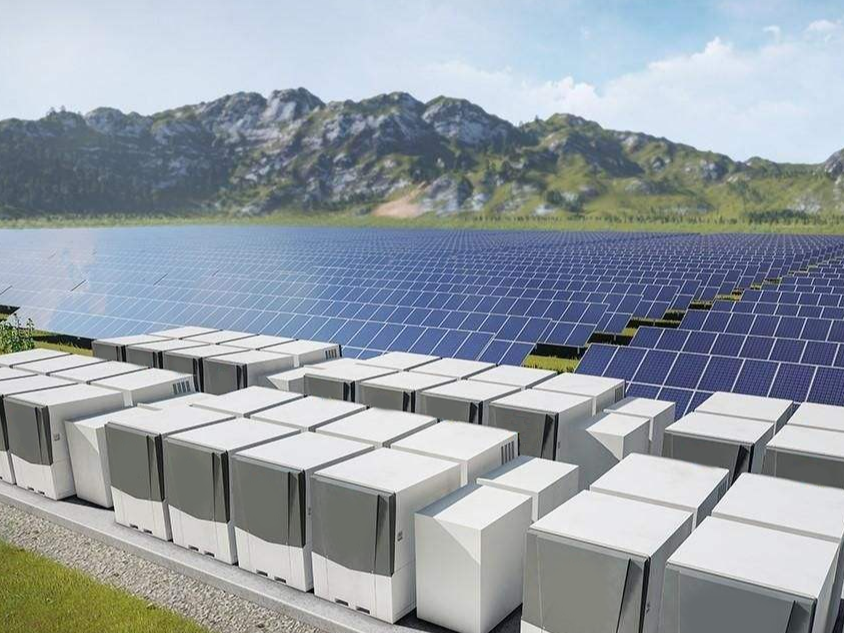

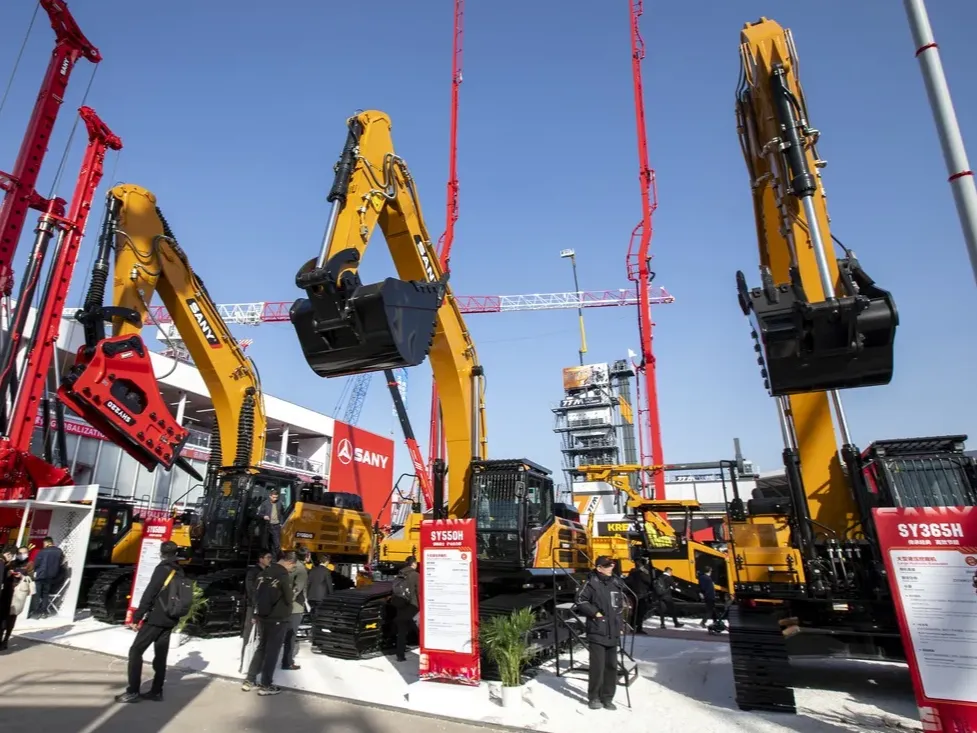
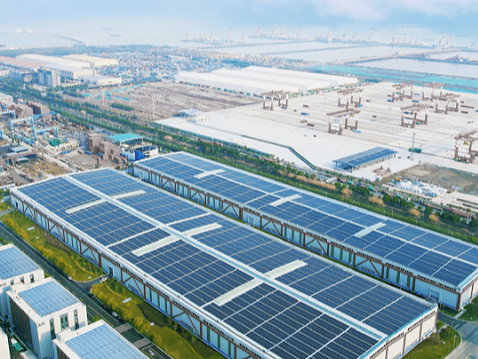






Write something~